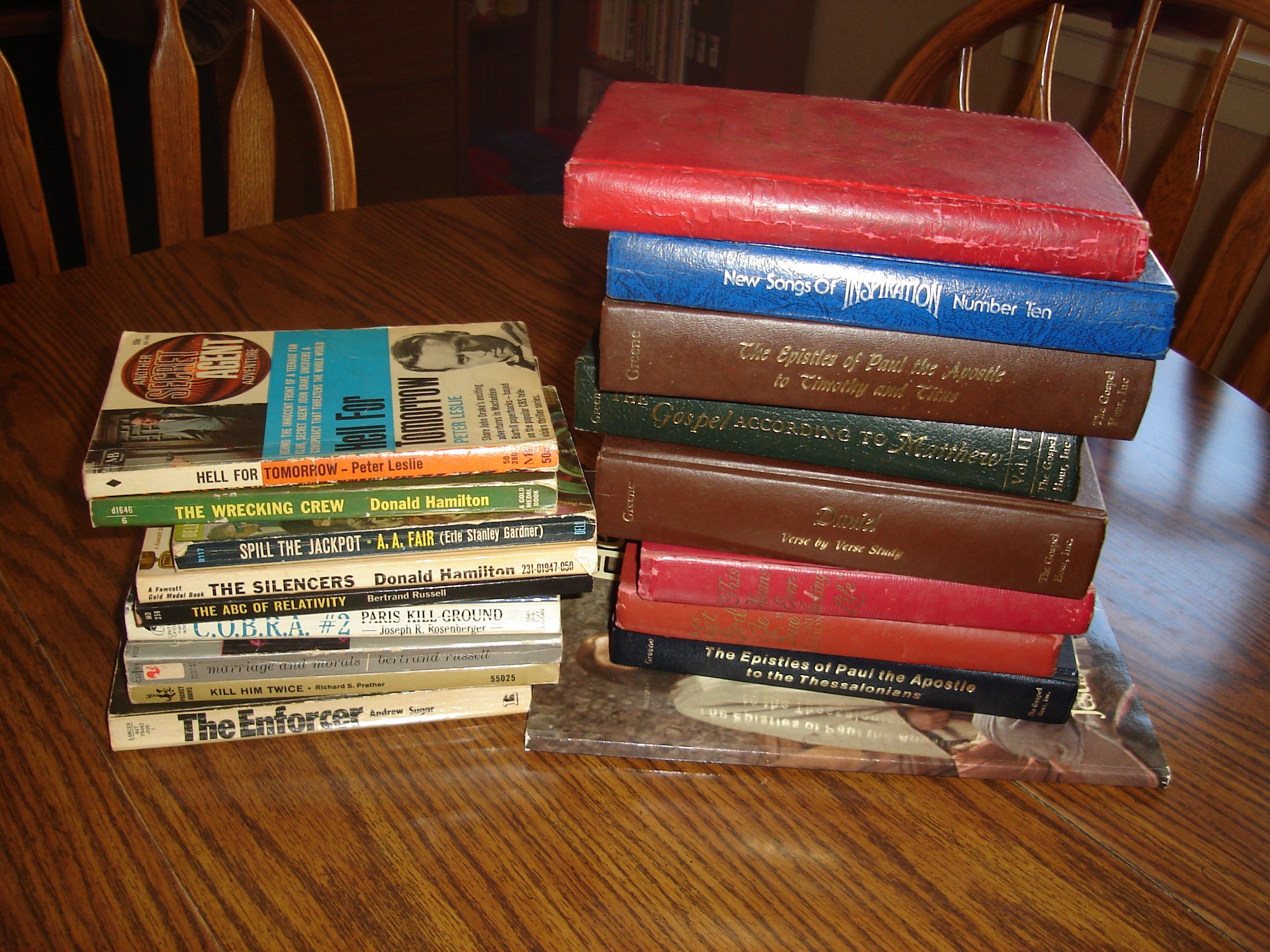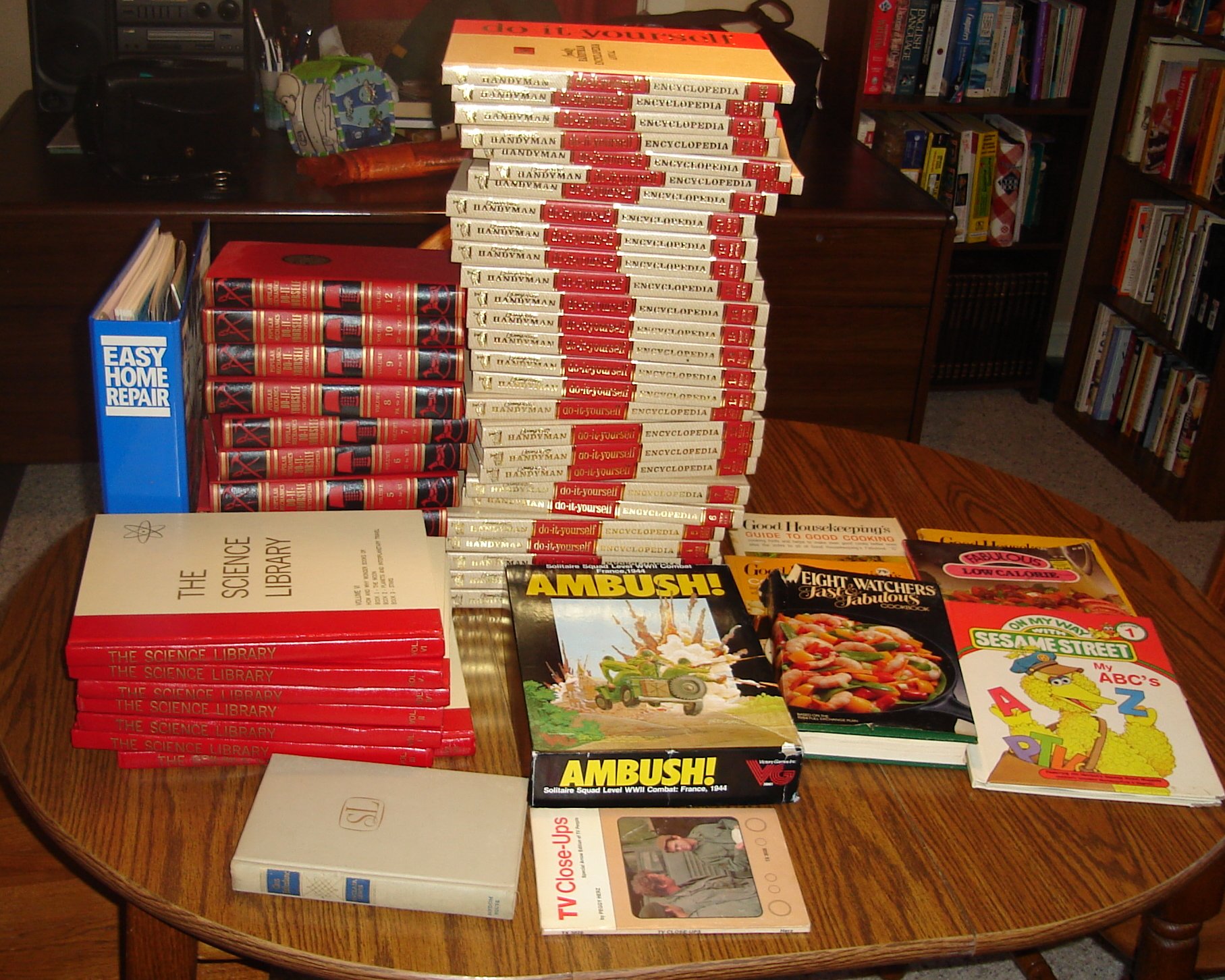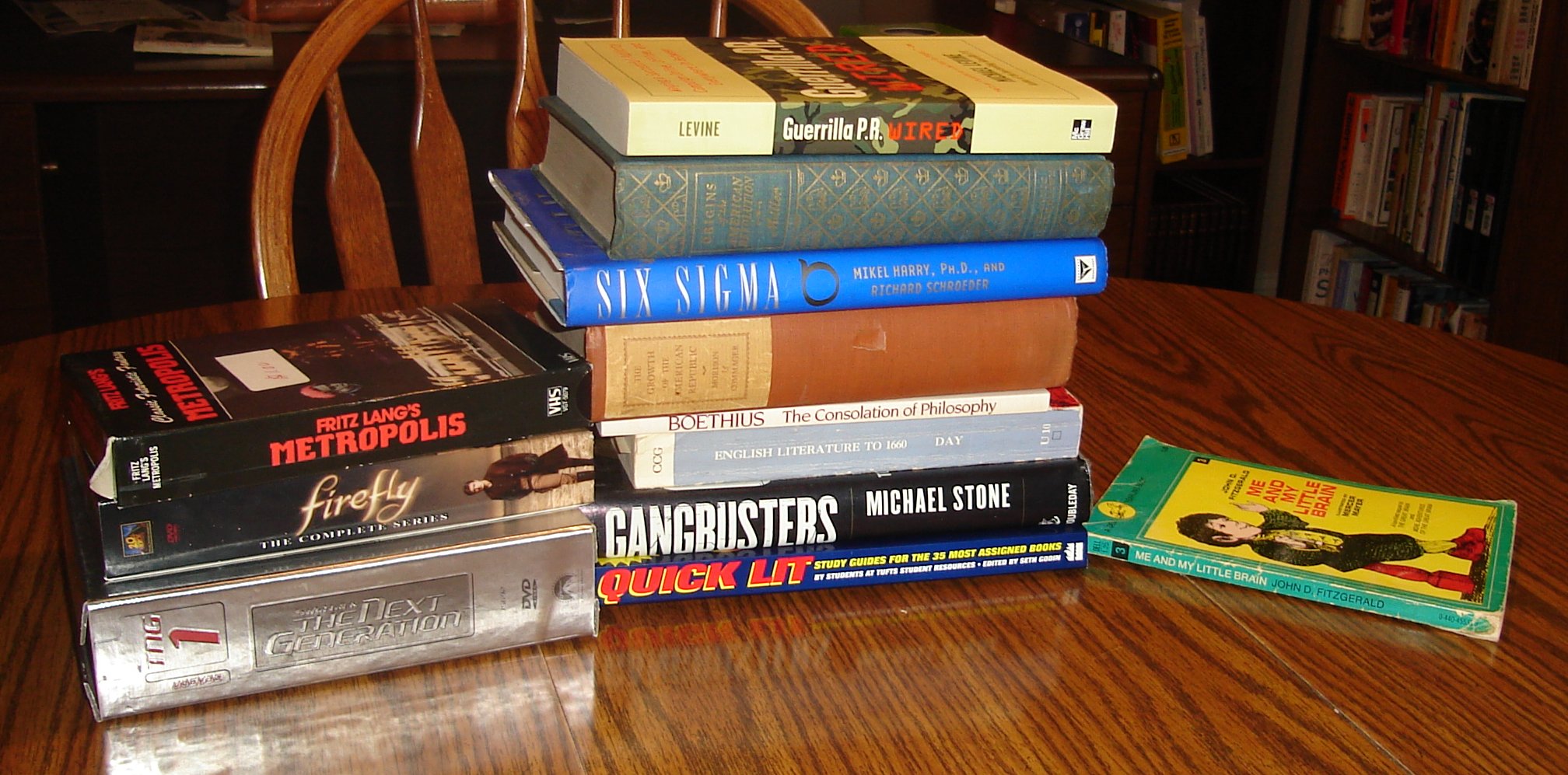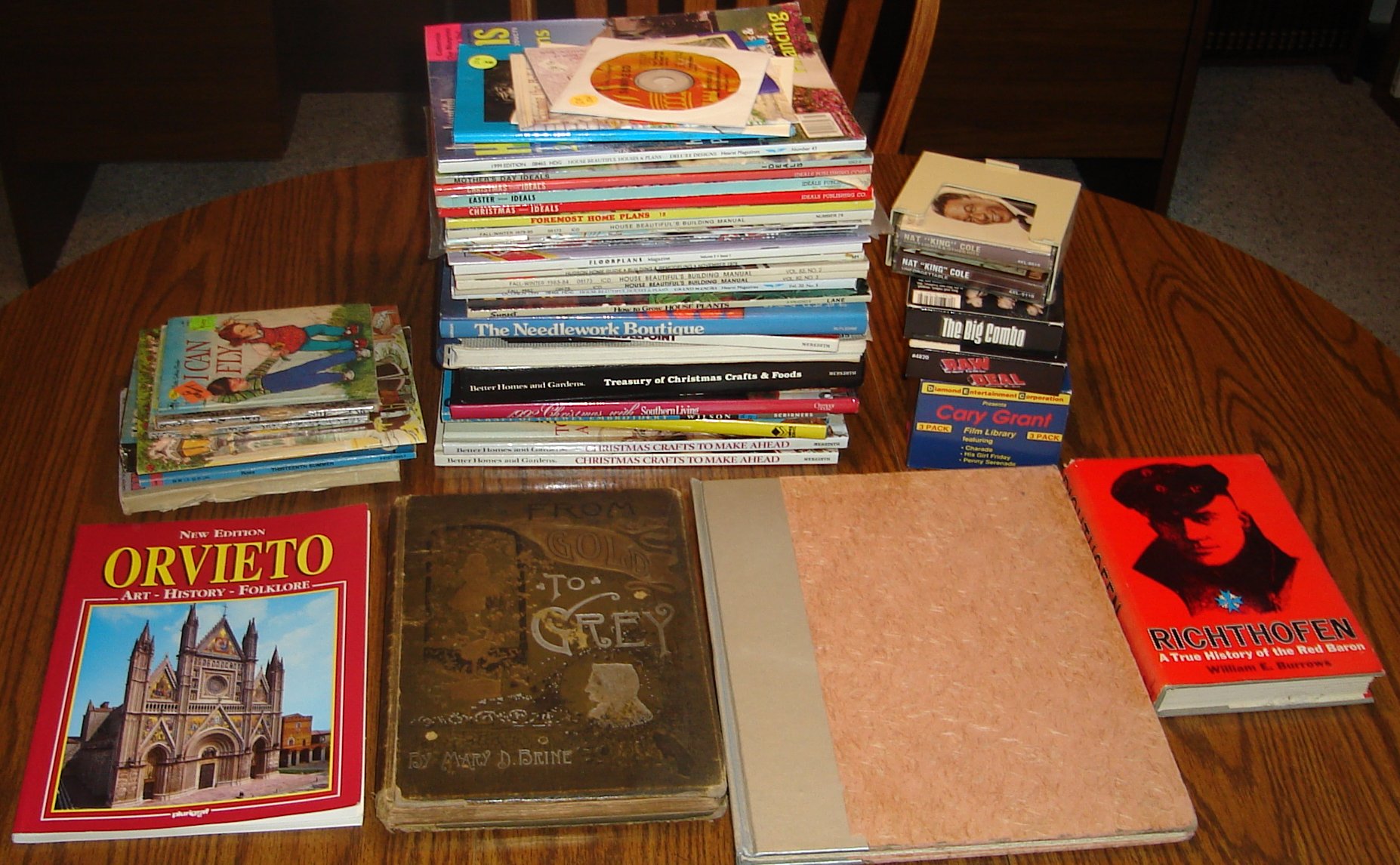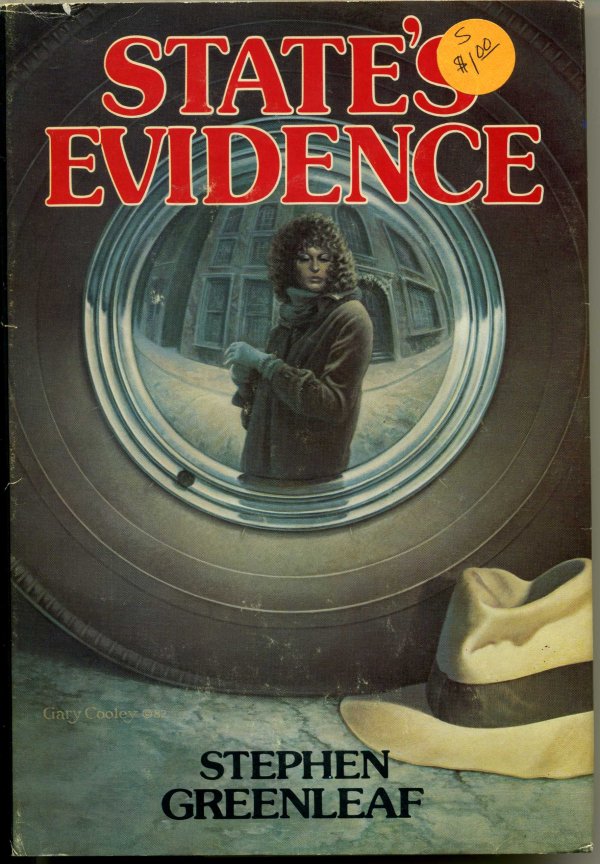Well, I hadn’t been in much mood to read for a number of days, which explains why it’s taken my 10 days to complete another book not written by Tolstoy or Hugo. Instead, to get myself back into the game, I picked up one of the Star Trek novels I bought at some time in the past en masse; the others include the novelizations of the first few movies.
Now, I’m not the Star Trek book guy, so this was my first dose of that part of the canon (the Blish short stories based on the series episodes are a different thing entirely; see also Star Trek 5, Star Trek 6, and Star Trek 10 among others).
The book was written after the first and second series (I count TAS!) had ended, the first two films were released, and appeared about the same time as the third movie; ergo, it’s historical in its canon. Since it’s a book and has no special effects budget, we get a lot of alien races serving on Federation starships and some descriptions of them. We also get insight into the Romulan way (a sequel to this book, I assume, is called that).
But the main thrust of the book is like a television episode with a lot of exposition. The first half of the book details the plot: a Romulan commander, exiled for unpopular views, is set to die in a mission that will foment a Klingon-Federation War. She learns of the existence of a secret Romulan plan to give Romulans the same mentalist abilities that Vulcans have and knows that this will destroy not only the Federation, but the soul of the Romulan empire. She convinces Kirk, on patrol in the Neutral Zone, to act as though she’s taken the Enterprise prisoner so they can go to the research facility and destroy it to save the universe.
I don’t want to ruin it for you, but in the last 80 pages, they do. It reads like a filmography and relies on the normal tricks of the showm pseudo deus ex machina and timely reversals, to climax and then a film-friendly denoument.
I mean, it’s not a bad book, but it’s not high art; one wonders if the authors of these books write these like movies in hopes of getting the extra dough out of having a movie adapted from it or if that’s just the way they imagine the stories. Or maybe I’m generalizing based on a single data point.
I’ll read the rest of what I’ve got and won’t purposefully avoid the series, but jeez, lots of tentacles and an awful lot of characters laughing uproariously at only partially humorous lines don’t compel me to read more right away.



